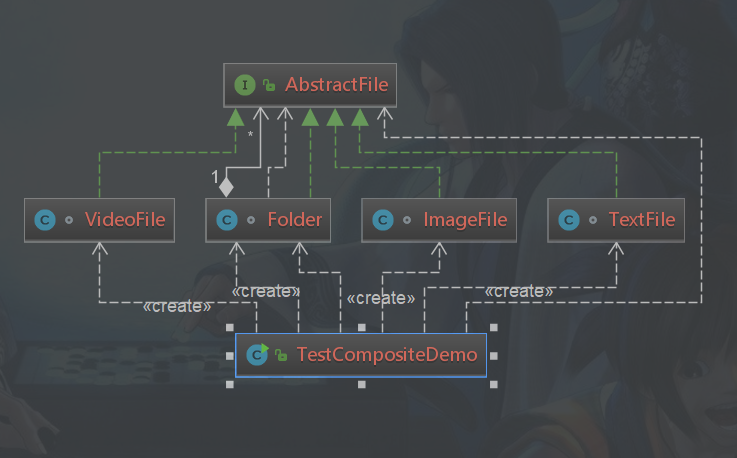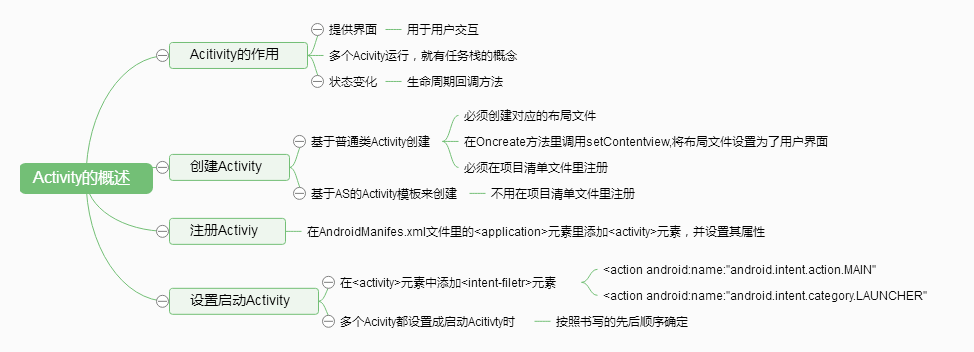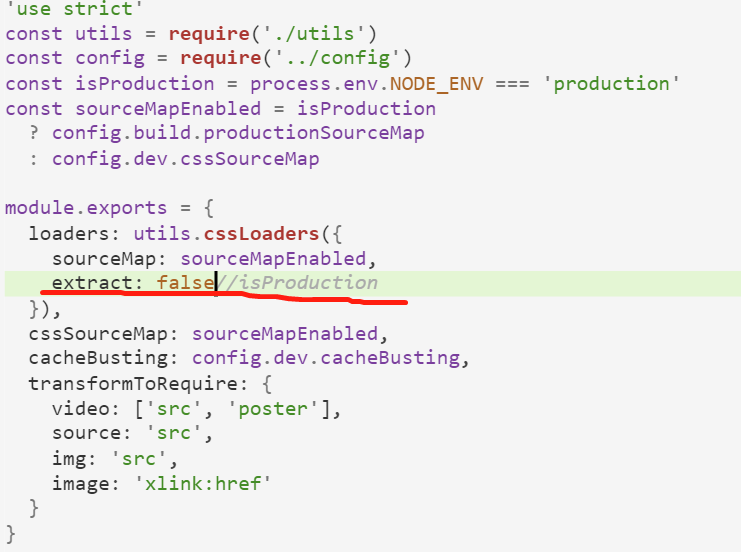多线程同步问题:Java应用示例
在Java中,多线程同步主要是通过各种锁(如synchronized关键字、ReentrantLock等)和并发工具类(如CountDownLatch、Semaphore等)来实现的。
以下是一个简单的Java多线程同步示例,使用了synchronized关键字:
public class Counter {private int count = 0;public synchronized void increment() {count++;}public synchronized int value() {return count;}}// 示例:两个线程交替增加计数器public class Main {public static void main(String[] args) {Counter counter = new Counter();Thread thread1 = new Thread(() -> {for (int i = 0; i < 5; i++) {counter.increment();try {// 控制线程等待,模拟资源限制Thread.sleep(100);} catch (InterruptedException e) {e.printStackTrace();}}}));Thread thread2 = new Thread(() -> {for (int i = 5; i < 10; i++) {counter.increment();try {// 控制线程等待,模拟资源限制Thread.sleep(100);} catch (InterruptedException e) {e.printStackTrace();}}}));thread1.start();thread2.start();// 等待两个线程执行完毕thread1.join();thread2.join();System.out.println("Final count: " + counter.value());}}
在这个示例中,我们创建了一个Counter类,并使用synchronized关键字来确保在任何时候只有一个线程可以访问increment()和value()方法。这样就实现了多线程的同步。



































还没有评论,来说两句吧...